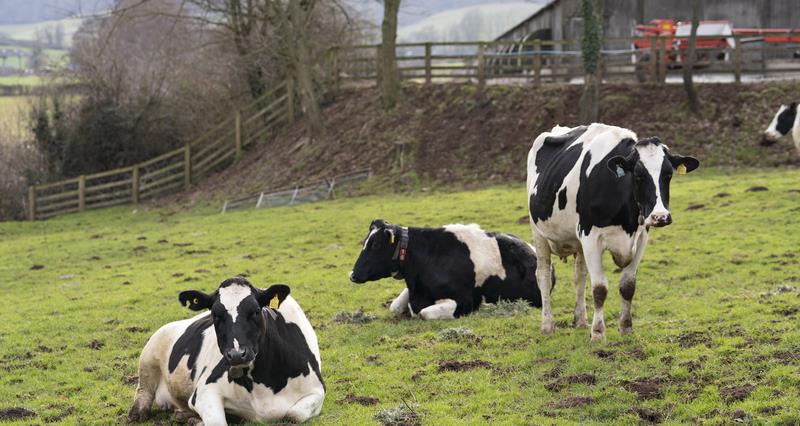Infectious diseases have been a concern for thousands of years as the interplay between humans, animals and our environment evolves.
Numerous factors can lead to the emergence of disease, and its effects on both animals and human health can vary widely. A recent example is a new strain of Bluetongue, which illustrates how a disease can quickly spread in a new area, such as northern Europe, causing significant distress for affected livestock and farm businesses.
Although Bluetongue does not pose a threat to human health, it is crucial to establish reasonable contingency plans in case we encounter a new disease that poses risks to both human and animal welfare.
This was the reason I visited NFU members John and Lucy Torrence's farm in Essex, alongside the Chief Medical Officer, Chief Veterinary Officer and Defra's Chief Scientific Officer to discuss pathways of disease, planning for contingencies, and the role that farmers can play in reducing risk.
“The ability to showcase the realities of farming practices on-site allows us to achieve what would take much longer to convey in a Westminster office.”
Farm visits crucial to share on-farm realities
Working with NFU East Dairy Board chair Matt Ford and NFU chief animal health and welfare adviser Cat McLaughlin, the chance to engage at this level of government proved highly beneficial for shaping future policies.
Even in the presence of esteemed professionals, I am continually impressed by the insights gained from farm visits.
“Although bluetongue does not pose a threat to human health, it is crucial to establish reasonable contingency plans in case we encounter a new disease that poses risks to both human and animal welfare.”
The ability to showcase the realities of farming practices on-site allows us to achieve what would take much longer to convey in a Westminster office.
The time our guests dedicated, and the quality of the dialogue, reinforced my belief in the importance of considering both human and animal health together with the viability of farm businesses when preparing for emerging diseases.
Our conversation also broadened to address other policy areas that intersect human health and agriculture, including TB, genetic advancements, data collection, and the impact of ammonia emissions on air quality in urban regions.
Once again, the commercial dairy farm setting provided concrete examples of how industry efforts are being implemented to establish benchmarks and document progress while acknowledging potential future challenges.
Animal health and welfare remains a fundamental focus for the dairy board. While most of our time is spent addressing current issues, I acknowledge the necessity of keeping an eye on emerging diseases and will continue to allocate time and resources to this vital area of work.




